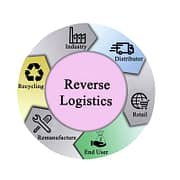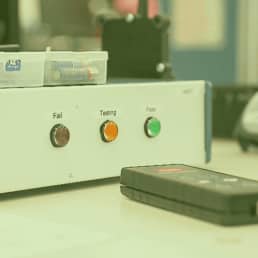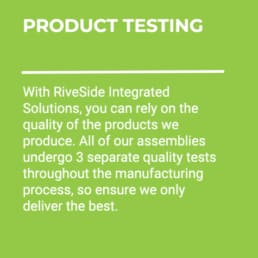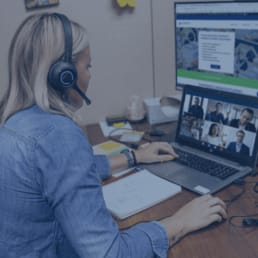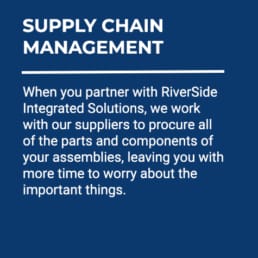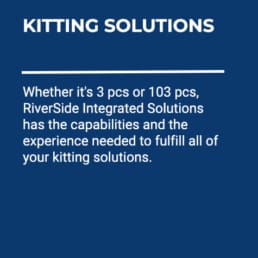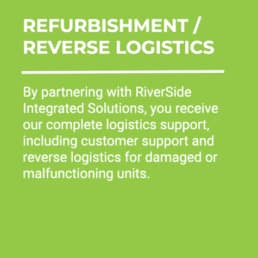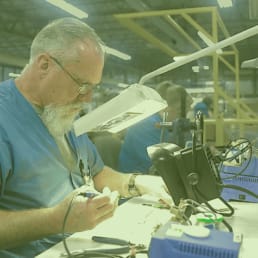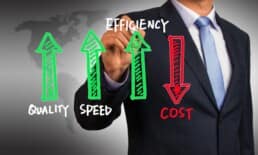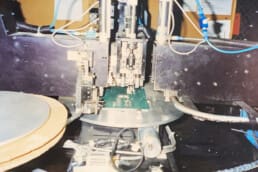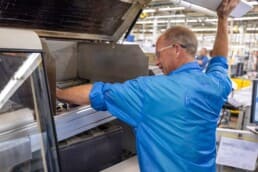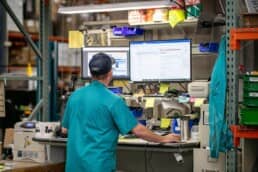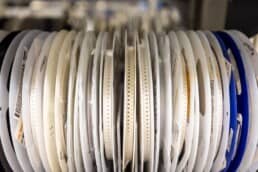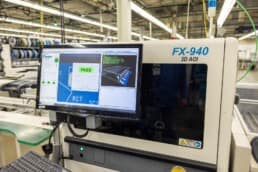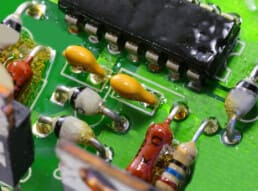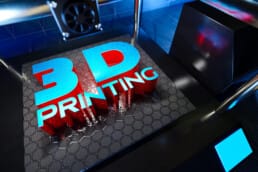What is Reverse Logistics?
Original equipment manufacturers (OEMs) work hard with external partners to deliver a quality product to customers. This process can take months or years of prototyping, refinement, pre-production runs and production ramp-up. It signals the end of one very long and arduous set of functions.
The Role of Reverse Logistics
It is also the beginning of the next stage in the product’s lifecycle. This is where service (including repair) and support take center stage. Getting products into the hands of paying customers is one thing. Providing smooth logistical flow for the off-chance a product comes back, for whatever reason, is another. Processes that plan for this critical aftermarket procedure are known as reverse logistics.
Handling Product Returns
Reverse logistics begins after products have reached the marketplace. It happens when, after purchase, the consumer returns unsatisfactory product(s) to the OEM. It begins with the backward flow of information. Product and subsequent interactions go from customer to OEM.
Here, the manufacturer’s job first and foremost is to satisfy the customer’s needs. These customer service opportunities shape the customer’s final opinion about the situation. It’s also imperative for the manufacturer to recapture the value of their returned product. To ensure a smooth reverse logistics process, OEMs implement strict procedures for handling the process effectively. These procedures include returns management, warranty claims management, return merchandise authorization (RMA) and remanufacturing, reconditioning, or refurbishing activities.
In this article, we’ll explore the issues specific to reverse logistics. We’ll also look at what value it adds to an OEM when executed well. Finally, we’ll explain why OEMs often benefit from outsourcing reverse logistics.
More Than Manufacturing in Reverse
There are many reasons why a product might return to the OEM. Reasons for returns include malfunction, unsatisfactory performance, or hardware leasing agreement termination.
Product returns due to malfunction illustrate how reverse logistics differs from regular manufacturing logistics. Usually, when customers want to return a defective product, they contact the OEM (or distributor). The OEM then asks for the reason for the return and sends an RMA. By initiating the RMA, the OEM has an initial “heads up” that the unit is returning.
The Return Process
This advance notice can help the OEM prioritize repairs, schedule repair techs and even order parts. This way, work can begin on the product as soon as it arrives. One major caveat: RMA problem descriptions may not accurately reflect the product’s actual issues, if any. Since the problem description comes from the customer, it is often general or incomplete. It can’t be relied on to guide advanced planning like replacement part procurement.
When the customer receives the RMA, the product’s shipping arrangements are usually provided (e.g., shipping labels). This enables the customer to send the product back. Sometimes, products include a return label and instructions or forms. This ensures that the return goes precisely where it’s supposed to and with the appropriate paperwork.
Once that product arrives at the OEM (or distributor), the manufacturer has to run various tests. After identifying the failure cause, they can repair, recycle or dispose of some/all product parts. Remember that even in a defective product, some components are still functional and can be used for future repairs.
Suppose the OEM chooses to repair the product. In that case, technicians may need to quote and order replacement parts beforehand. For scrapped products, hazardous materials must be separated before proper waste collection and disposal.
Special Cases
Additional procedures may be needed before the product reaches the OEM receiving dock, based on its type and usage. For example, suppose the product was exposed to a biohazardous material in a hospital or medical setting. Common examples of these include infectious agents or bodily fluids. In that case, the product may need to be routed to a third-party decontamination facility first.
The goal in reverse logistics is to return the reworked product or a replacement, but sometimes the customer wants a refund. This may leave the OEM with extra refurbished products. Many OEMs sell these refurbished products at a discounted price in an e-commerce setting. An excellent reverse logistics workflow covers these cases as well.
How OEMs Can Benefits from Outsourcing Reverse Logistics
The same rationale behind outsourcing manufacturing and logistics operations also applies to reverse logistics outsourcing. Handling product returns and providing support with dedicated personnel, tools, and space adds significant cost burden to the OEM.
Smaller OEMs often prioritize product development, marketing and sales, requiring focused attention and resources. Smaller startups often lack the capacity and skill set for reverse logistics support. Outsourcing returns, repair, refurbishment and warranty services allows innovators to focus on innovation.
The majority of the OEMs are also a factor in reverse logistics outsourcing. Smaller, younger firms lack official quality management systems for quality rework and customer service assurance. Established contract manufacturers, however, almost always do.
About RiverSide Integrated Solutions
RIS is an advanced contract manufacturer providing robust solutions in circuit board assembly and product assembly. We employ more than 350 people and provide services to OEMs worldwide. We operate two state-of-the-art manufacturing facilities within the US.
With all of the choices in contract manufacturers out there, we know it can be challenging to find someone who understands your business model and has your best intentions in mind. RIS has always proven to be a win-win-focused relationship.
As your one-stop shop, we have the capabilities, capacity, quality assurance standards and resources to support all of your manufacturing needs. We understand that supply chain management is complex and very time-consuming, so we urge our customers to utilize us in the fullest capacity.
Our total-package solutions include:
- Extensive supply-chain network
- Full box-build assembly
- Dedicated Program Team
- Warehousing, kitting and drop-shipping capabilities
- Reverse logistics
- Flexible order fulfillment
- Scalability to meet your needs
Contact us today at (507) 523-3220 to see how we can help with your manufacturing project, or click contact us for a quote.
